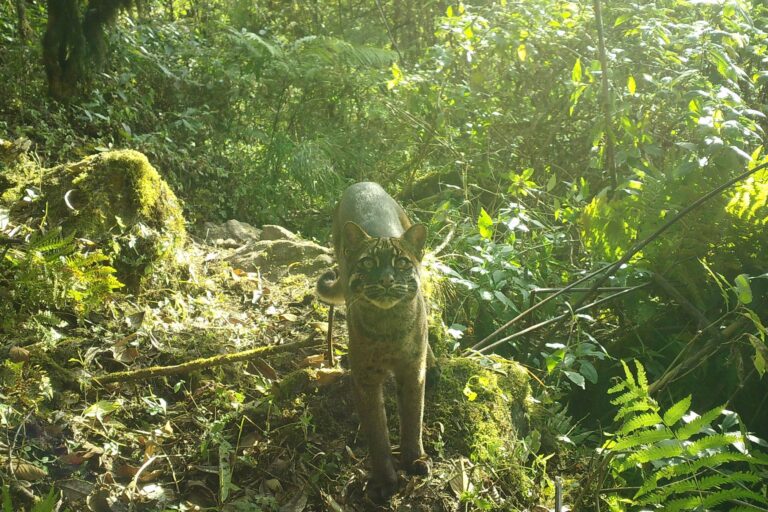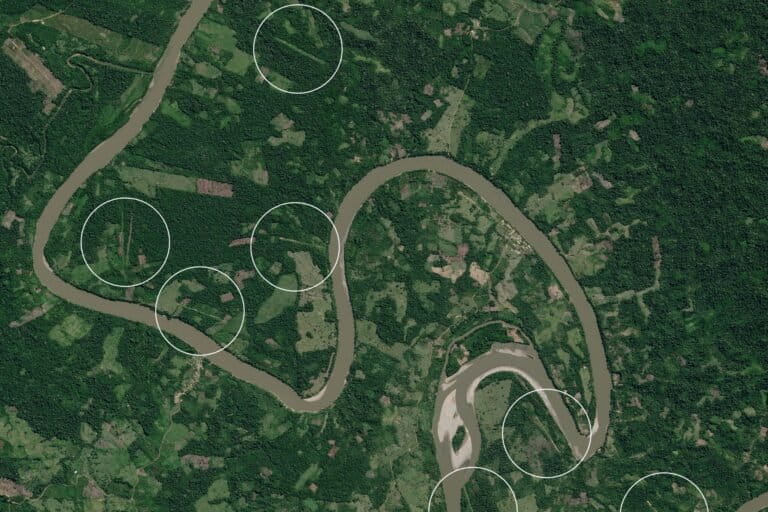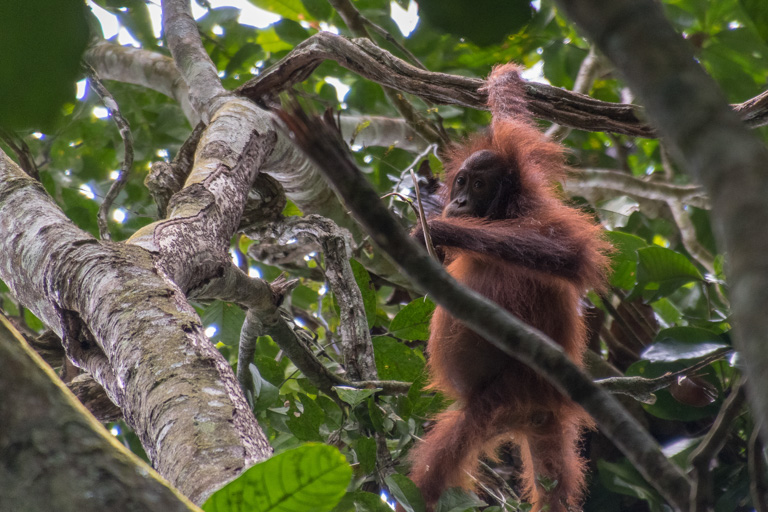- The World Wildlife Fund monitors trends in 14,152 populations of 3,706 vertebrate species around the globe for its biennial Living Planet Report.
- The group found that there was a 58 percent overall decline in global wildlife population sizes between the years 1970 and 2012.
- According to the report, food production is the leading cause of habitat destruction and over-exploitation of wildlife across the globe.
If current trends persist, the population abundance of mammals, birds, reptiles, amphibians, and fish could decline an average of 67 percent by 2020.
That’s one of several sobering findings detailed by the World Wildlife Fund (WWF) in the eleventh edition of its Living Planet Report.
The group monitors trends in 14,152 populations of 3,706 vertebrate species around the globe for the biennial report, and found that there was a 58 percent overall decline in population sizes between the years 1970 and 2012.
That represents a two percent annual decline in vertebrate populations, WWF notes in the report, before adding that “there is no sign yet that this rate will decrease.”
“This research delivers a wake-up call that for decades we’ve treated our planet as if it’s disposable,” Carter Roberts, WWF president and CEO, said in a statement.

WWF monitors 4,658 populations of 1,678 terrestrial species living in Earth’s forests, savannas, grasslands, deserts, cities, and agricultural fields, and found they declined, on average, 38 percent between 1970 and 2012. Among the 6,170 monitored populations of 1,353 marine species, including birds, mammals, reptiles, and fish who call oceans, seas, coral reefs, and mangroves home, WWF found a 36 percent decline in average population size.
But it was freshwater species that have taken the biggest hit, WWF discovered. Of the 3,324 populations of 881 species living in lakes, rivers, and wetlands monitored by WWF, there has been an 81 percent decline in average population size.
According to the report, food production is the leading cause of habitat destruction and over-exploitation of wildlife across the globe. Agricultural operations occupy approximately one-third of Earth’s total land area and account for 70 percent of all freshwater use, WWF found. Pollution, invasive species, disease, and climate change are among the other chief threats to global biodiversity identified in the report.
WWF uses the Zoological Society of London’s Living Planet Index to measure trends in wildlife population sizes rather than report on specific numbers of animals that have been lost or gained.
“Human behaviour continues to drive the decline of wildlife populations globally, with particular impact in freshwater habitats,” Professor Ken Norris, director of science at Zoological Society of London, said in a statement. “Importantly however, these are declines, they are not yet extinctions – and this should be a wake-up call to marshal efforts to promote the recovery of these populations.”

The report doesn’t focus solely on downward trends, however. While human activities caused this global biodiversity crisis, WWF’s Roberts says that the good news is that humans also have the ability to implement solutions. “It requires updating our approach to food, energy, transportation, and how we live our lives,” he said. “We share the same planet. We rely on it for our survival. So we are all responsible for its protection.”
In the report, WWF highlights recent global agreements that are helping chart a course towards a future in which humanity is prepared to deal with the “dual challenge” of the 21st century: maintaining nature “in all of its many forms and functions” and creating a new economic paradigm that allows for an “equitable home for people on a finite planet.”
In particular, the report cites the 2030 Agenda for Sustainable Development and the Paris Climate Agreement, both adopted last year, as promising signs that “the world is reaching a solid consensus regarding the direction we must take.”
In other words, while the Living Planet Report 2016 might seem to paint a gloomy picture of the future of life on planet Earth, WWF insists there is plenty of room for optimism.
“A strong natural environment is the key to defeating poverty, improving health and developing a just and prosperous future,” said Marco Lambertini, WWF director general. “We have proven that we know what it takes to build a resilient planet for future generations, we just need to act on that knowledge.”















